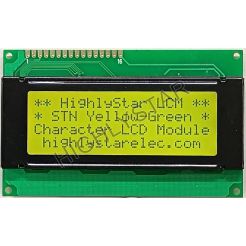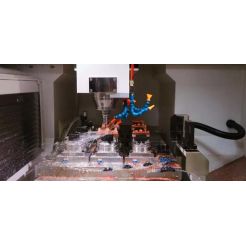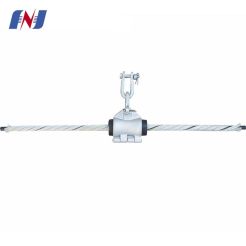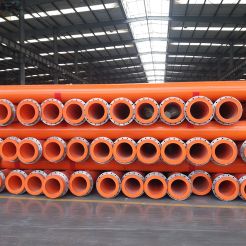Lithium Battery Connectors
Product Description
https://www.higocon.com/recommend-products/lithium-battery-connectors.html
Lithium battery connectors are crucial components in the design and operation of lithium-ion battery systems, commonly used in applications ranging from electric vehicles and portable electronics to renewable energy storage systems. This guide explores the various types of lithium battery connectors, their materials and construction, best practices for installation and maintenance, and considerations for advanced and custom applications.
Types of Lithium Battery Connectors
Bullet Connectors
Description: Cylindrical connectors that provide a quick and reliable connection.
Advantages: It is easy to connect and disconnect, making it ideal for applications requiring frequent disconnection.
Common Uses: Widely used in electric vehicles, drones, and RC models.
XT Connectors
Description: High-current connectors with a rectangular housing, such as XT60, XT90, and XT150.
Advantages: High current capacity, secure connection, and resistance to short circuits.
Common Uses: Popular in electric vehicles, drones, and high-performance RC models.
Deans Connectors
Description: T-shaped connectors are known for their low resistance and high current handling.
Advantages: Compact design and reliable performance.
Common Uses: Frequently used in RC vehicles and other hobbyist applications.
Anderson Powerpole Connectors
Description: Modular connectors that can be stacked to form custom configurations.
Advantages: High current capacity, durable, and versatile.
Common Uses: Common in custom battery packs, robotics, and industrial applications.
Molex Connectors
Description: A wide range of connectors including PicoBlade and Micro-Fit, are known for their reliability.
Advantages: Compact, reliable, and suitable for low to moderate current applications.
Common Uses: Commonly used in portable electronics, medical devices, and small battery packs.
JST Connectors
Description: Small, lightweight connectors such as JST-XH and JST-PH.
Advantages: Compact and reliable for low-current applications.
Common Uses: Widely used in small electronics, hobbyist projects, and low-power devices.








